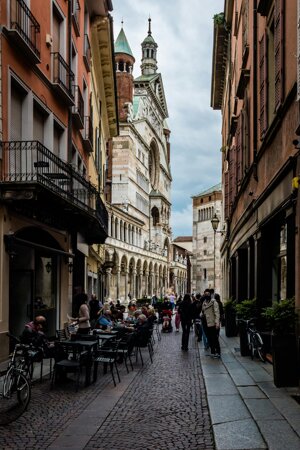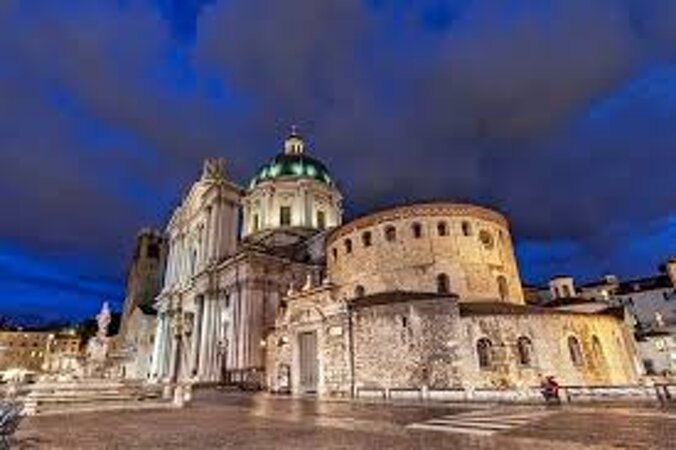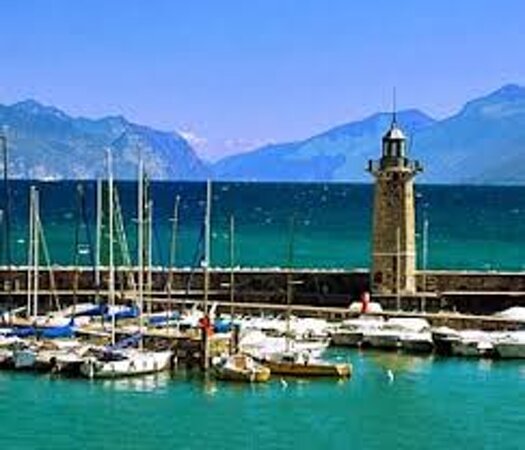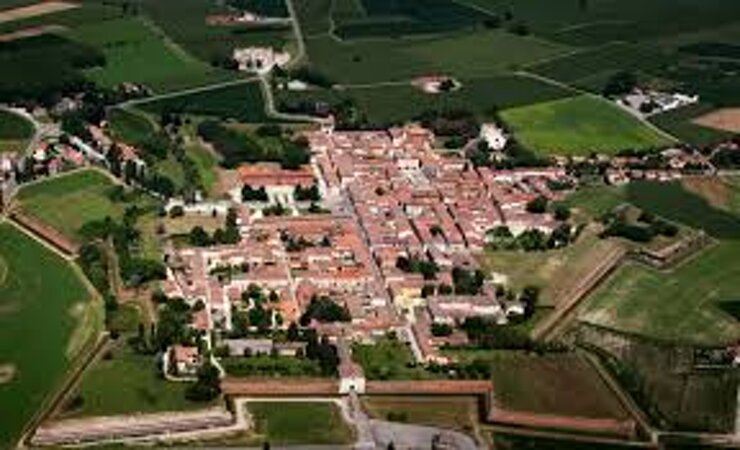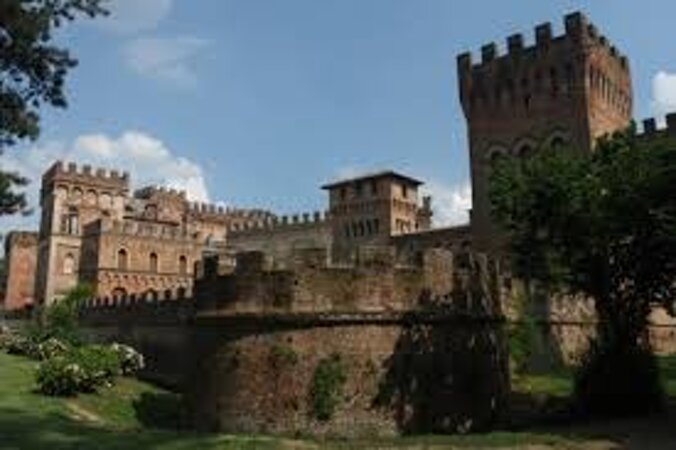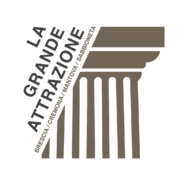ISOLA DOVARESE AND SURROUNDINGS
Between the elegant towered Cremona and the Renaissance Mantua of the Gonzagas, the territory teems with small country villages like Isola Dovarese: places full of memories, to be rediscovered on an incredible journey, beyond the thresholds of time, among historic residences, town centers, and places rich in discoveries for gourmets.
In the heart of the Po Valley, Isola Dovarese is located at the center of a territory rich in art, culture, fine dining, and rural traditions.
Isola, or rather Insula, as it is cited in ancient documents, is located on a small drop-shaped terrace, jutting out into the floodplain of the Oglio river. The waters, which surround it on three sides, made this settlement particularly important. It owes the name "Dovarese" to the lordship of the Dovara family, of which it was a part.
Just over 1,000 inhabitants, picturesque views, buildings rich in history, and the open countryside make Isola Dovarese the ideal destination for those seeking refuge from the chaos and hectic life of the city.

The Oglio river flows around the village, highlighting the ups and downs of the terraces, formed by the flow of water over the centuries. There are various historical testimonies still present, all of which is confirmed by the large square, built thanks to the will of Giulio Cesare Gonzaga around 1590 and entrusted to the design of the architect Giulio Brunelli. The considerable size for such a small village and its centrality make it one of the most important examples of Gonzaga Renaissance architecture. On the long side of the square you can admire the large arched portal, a remnant of a previous construction that probably led to the "platea" in front of the fortress, located where the school building now stands. In the Palazzo Pretorio, now the Town Hall, you can visit the prisons.

Passing through the arched portal, you encounter the parish church of St. Nicholas, protector of the waters. Inside the church, you can admire remarkable paintings, such as the "Annunciation", attributed alternately to Altobello Melone or Gianfranco Bembo, and the "Ecce Homo" by Bernardino Campi, on the altar which bears the insignia of the Gonzaga at its top. In the district of St. Joseph is the homonymous oratory erected in 1688. Behind the simple facade hides a nave rich in frescoes that illusionistically define a sumptuous architecture. In the district of St. Bernardino is the homonymous convent, erected in 1476, of which only a few architectural traces remain, as after the suppression of the monastic orders it was transformed into a residence.

The surroundings
Isola Dovarese is centrally located with respect to the cities of Cremona, Mantua, and Brescia. Lake Garda is also not far away.
Cremona 25 Km
Mantua 38 Km
Brescia 41 Km
Lake Garda 37 Km
Furthermore, Isola Dovarese is surrounded by villages of unique beauty; passing through Isola Dovarese, it is impossible not to stop at the ideal city of Sabbioneta or visit the nearby castles and villas of Torre de' Picenardi and San Giovanni in Croce.
The Great Attraction
The restaurant participates in the European Union project “La Grande @ttrazione”.
A reference project for those who love culture and want to better know the World Heritage located in the area between Brescia, Cremona, Mantua, and Sabbioneta.
Visit the cultural sites recognized by UNESCO at www.grandeattrazione.it
Or, to discover the itineraries, download the map and the app – don’t miss the audioguides of the tours!




